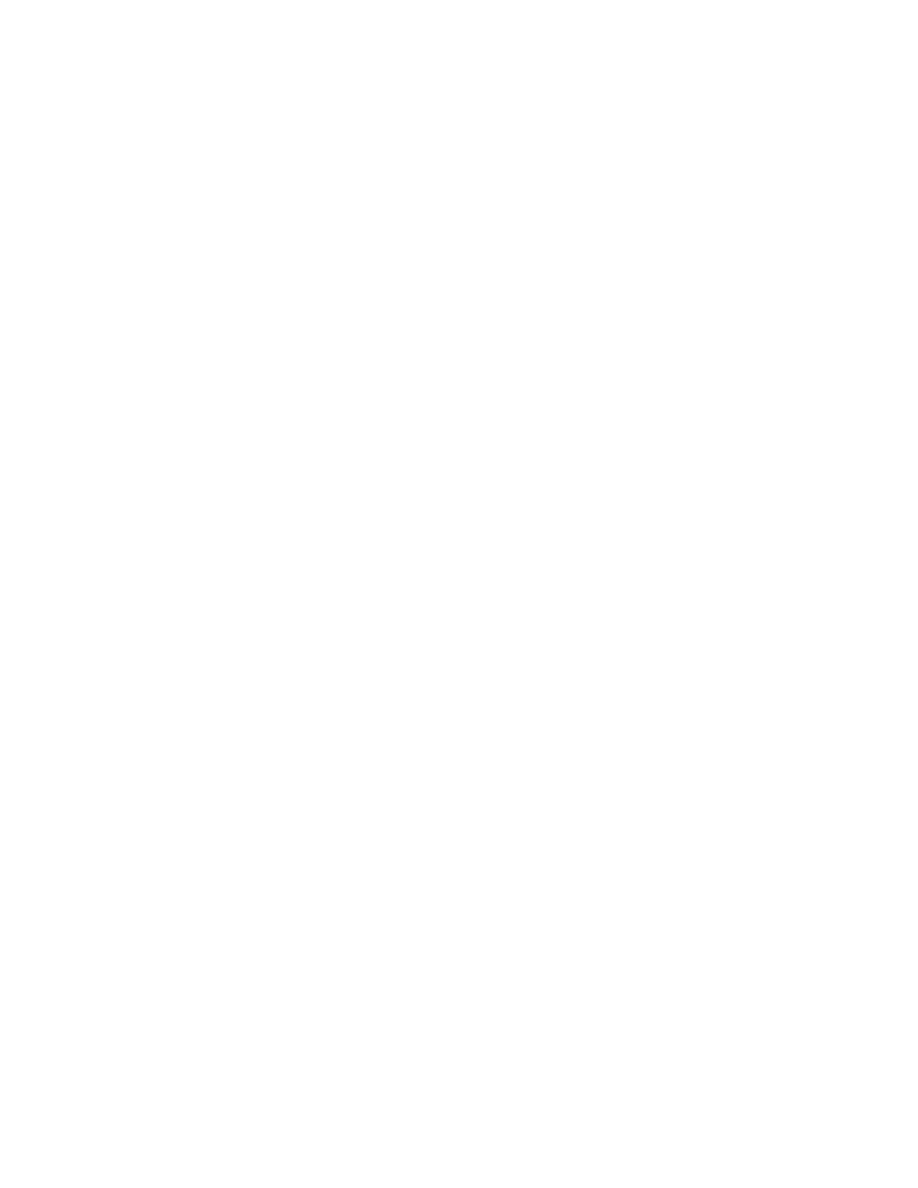Reatta V6-231 3.8L VIN C SFI (1990)

Fuel Return Line: Service and Repair
WARNING: Always keep a dry chemical (Class B) type fire extinguisher near the work area. A small amount of fuel may be released when
servicing fuel lines or connections. In order to reduce the chance of fire or personal injury, cover the fuel lines or fittings with a shop towel
before disconnecting, to catch any fuel that may leak out. Place the towel in an approved container when the disconnect is complete. Relieve
the fuel system pressure before attempting any repairs. See MAINTENANCE PROCEDURES/FUEL SYSTEM PRESSURE RELIEF.
When replacing fuel feed and return pipes, always replace them with original equipment or parts that meet GM specifications for those parts. The
replacement pipe must have the same type fittings as the original pipes to ensure the integrity of the connection.
NOTE: Do not use copper or aluminum tubing to replace steel tubing. Only tubing meeting the 124M specification or its equivalent is capable of
meeting all pressure and vibration characteristics necessary to ensure the durability standard required.
Many of the feed and return pipes use screw couplings with O-rings. Any time these fittings are loosened to service or to replace components, ensure
that:
^
A back-up wrench is used to loosen and tighten fittings.
^
Check all O-rings at these locations (if applicable) for cuts or any damage and replace as necessary.
^
Use correct torque when tightening these fittings.
^
Inspect all pipes for kinks, leaks or dents.
^
Pipes must be properly secured to the frame to prevent chafing. A minimum of 6 mm (1/4 inch) clearance must be maintained around a pipe to
prevent contact or chafing.
^
Fuel feed and return pipes are secured to the underbody with clamps and screw assemblies.
^
Follow the same routing as the original pipe.
^
Fuel pipes must not contact the fuel tank or underbody at any point.
FUEL AND VAPOR PIPE REPAIR:
When it is impractical to replace an entire fuel line to repair localized damage, use the following procedure:
^
When rubber hose is used to replace pipe, use only reinforced fuel-resistant hose which is identified with the word "Fluoroelastomer" on the hose.
The inside diameter of the hose must match the outside pipe diameter.
^
Do not use rubber hose within 100 mm (4 inches) of any part of the exhaust system, or within 254 mm (10 inches) of the catalytic converter.
^
In repairable areas, cut a piece of hose 100 mm (4 inches) longer than the portion of line removed. If more than a 6 inch length of pipe is
removed, use a combination of steel pipe and hose so that hose lengths will not be more than 254 mm (10 inches).
^
Follow the same routing as the original pipe.
^
Cut the ends of the pipe, remaining on the car, square with a tubing cutter. Using the first step of a double flaring tool, form a bead on the end of
each pipe section. If the pipe is too corroded to withstand the beading operation without damage, the pipe should be replaced. If a new section of
pipe is used, form a bead on both ends of it also.
^
Use a screw type hose clamp NO. #2494772, or equivalent. Slide the clamps onto the pipe and push hoses 51 mm (2 inches) onto each portion of
the fuel pipe. Tighten the clamps on each side of the repair.
^
Pipes must be properly secured to the frame to prevent chafing.
NYLON FUEL LINES:
Nylon fuel lines are designed to perform the same function as steel or rubber fuel lines they replace. Nylon lines are constructed to withstand maximum
fuel system pressure, exposure to fuel additives, and changes in temperature.
The fuel feed, return, and vapor lines are assembled as a harness. Retaining clips hold the lines together and provide a means for attaching the lines to
the vehicle. Quick connect type fittings are used at the ends of the fuel feed/return lines and at the in-line fuel filter. Sections of the lines that are
exposed to chafing, high temperature or vibration are protected with heat resistant rubber hose and/or coextruded conduit.
Nylon fuel lines are somewhat flexible and can be formed around gradual turns under the vehicle. However, if forced into sharp bends, nylon lines will
kink and restrict fuel flow. Also, once exposed to fuel, nylon lines may become stiffer and are more likely to kink if bent too far. Some special care
should be taken when working on a vehicle with nylon fuel lines:
WARNING: To reduce the risk of fire and personal injury when working on nylon fuel lines:
^
Always cover nylon fuel lines with a wet towel before using a torch near it. Also, never expose the vehicle to temperatures higher than
239°F for more than one hour, or more than 194° for any extended period.
^
Take care not to nick or scratch the nylon fuel lines. If damaged, they must be replaced.
QUICK-CONNECT FITTINGS:
Quick connect type fittings provide a simplified means of installing and connecting fuel system components. There are two types of quick-connect
fittings, each is used at different locations in the fuel system. Each consists of a unique female socket and compatible male connector. O-rings, located
inside the female socket, provide the fuel seal. Integral locking tabs or fingers hold the fittings together. The quick-connect fittings used at the fuel filter
and other connections at the rear of the vehicle have hand releasable locking tabs. The fittings used at the engine fuel pipes have locking tabs that
require a special tool to release.
